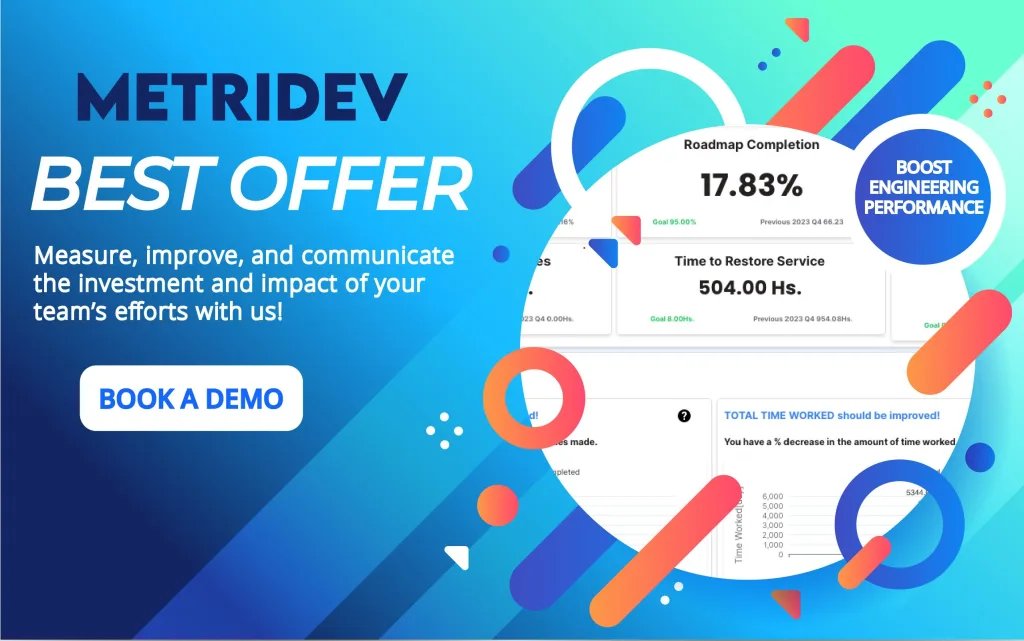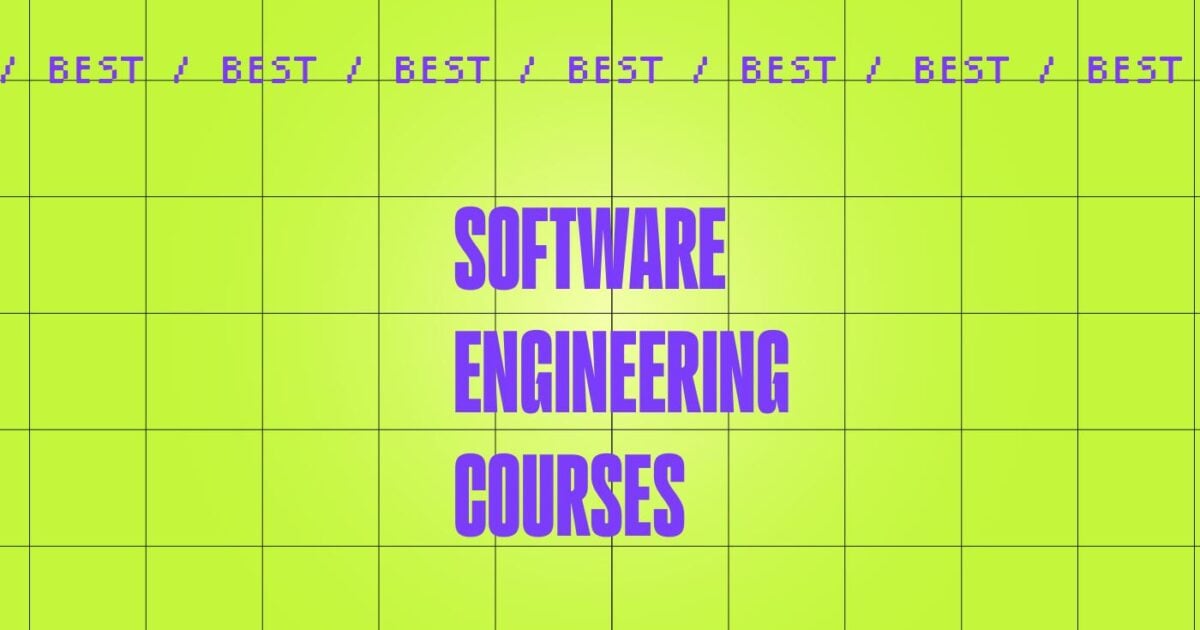All Categories
Featured
Table of Contents
- – The smart Trick of Artificial Intelligence Sof...
- – The Single Strategy To Use For Machine Learnin...
- – The Buzz on Machine Learning Is Still Too Har...
- – The Ultimate Guide To Machine Learning Course...
- – How Long Does It Take To Learn “Machine Lear...
- – Some Known Facts About 6 Steps To Become A M...
You most likely understand Santiago from his Twitter. On Twitter, every day, he shares a whole lot of sensible things concerning machine learning. Alexey: Before we go into our major subject of moving from software program design to maker knowing, perhaps we can start with your background.
I went to college, obtained a computer system science degree, and I began building software. Back after that, I had no idea about equipment learning.
I know you've been using the term "transitioning from software engineering to device knowing". I like the term "contributing to my ability the maker learning skills" extra since I believe if you're a software engineer, you are currently supplying a lot of worth. By incorporating equipment knowing now, you're boosting the effect that you can have on the sector.
Alexey: This comes back to one of your tweets or perhaps it was from your training course when you compare two methods to knowing. In this instance, it was some issue from Kaggle regarding this Titanic dataset, and you just learn just how to solve this problem utilizing a details device, like decision trees from SciKit Learn.
The smart Trick of Artificial Intelligence Software Development That Nobody is Talking About
You first find out math, or direct algebra, calculus. When you recognize the mathematics, you go to maker understanding concept and you discover the concept. Then four years later on, you lastly pertain to applications, "Okay, exactly how do I utilize all these 4 years of mathematics to address this Titanic trouble?" Right? In the former, you kind of conserve on your own some time, I assume.
If I have an electrical outlet here that I require changing, I do not want to most likely to university, spend 4 years recognizing the math behind electrical energy and the physics and all of that, simply to change an outlet. I prefer to begin with the electrical outlet and find a YouTube video that aids me experience the problem.
Negative example. You get the idea? (27:22) Santiago: I actually like the concept of beginning with a problem, attempting to throw out what I understand approximately that problem and understand why it doesn't work. Grab the devices that I need to solve that trouble and begin excavating much deeper and deeper and much deeper from that factor on.
That's what I generally suggest. Alexey: Possibly we can talk a bit concerning finding out sources. You stated in Kaggle there is an introduction tutorial, where you can obtain and learn just how to choose trees. At the beginning, prior to we started this meeting, you pointed out a couple of books.
The only demand for that program is that you recognize a little bit of Python. If you go to my account, the tweet that's going to be on the top, the one that says "pinned tweet".
The Single Strategy To Use For Machine Learning Applied To Code Development

Also if you're not a programmer, you can start with Python and work your method to even more equipment understanding. This roadmap is concentrated on Coursera, which is a system that I truly, actually like. You can audit every one of the courses for totally free or you can pay for the Coursera membership to obtain certificates if you want to.
Alexey: This comes back to one of your tweets or perhaps it was from your training course when you contrast 2 methods to knowing. In this instance, it was some issue from Kaggle regarding this Titanic dataset, and you simply discover how to address this trouble utilizing a particular tool, like decision trees from SciKit Learn.

You first discover mathematics, or straight algebra, calculus. After that when you know the math, you most likely to artificial intelligence concept and you discover the concept. After that four years later, you lastly involve applications, "Okay, how do I use all these 4 years of math to resolve this Titanic problem?" ? In the previous, you kind of save yourself some time, I think.
If I have an electrical outlet here that I need replacing, I don't intend to most likely to university, spend four years comprehending the math behind electricity and the physics and all of that, simply to transform an electrical outlet. I would rather start with the outlet and find a YouTube video that assists me go with the trouble.
Bad example. Yet you get the idea, right? (27:22) Santiago: I actually like the idea of starting with a problem, trying to throw away what I recognize as much as that issue and understand why it does not work. Order the devices that I require to address that issue and begin digging much deeper and deeper and much deeper from that factor on.
To ensure that's what I generally suggest. Alexey: Possibly we can speak a little bit about finding out resources. You pointed out in Kaggle there is an intro tutorial, where you can get and discover how to choose trees. At the start, before we started this interview, you discussed a pair of publications also.
The Buzz on Machine Learning Is Still Too Hard For Software Engineers
The only demand for that course is that you understand a little of Python. If you're a designer, that's a great base. (38:48) Santiago: If you're not a programmer, then I do have a pin on my Twitter account. If you most likely to my profile, the tweet that's mosting likely to get on the top, the one that claims "pinned tweet".
Even if you're not a developer, you can start with Python and function your means to even more machine knowing. This roadmap is concentrated on Coursera, which is a platform that I really, truly like. You can investigate every one of the training courses free of cost or you can spend for the Coursera registration to get certifications if you wish to.
The Ultimate Guide To Machine Learning Course - Learn Ml Course Online
Alexey: This comes back to one of your tweets or possibly it was from your course when you contrast 2 strategies to learning. In this situation, it was some issue from Kaggle concerning this Titanic dataset, and you just discover just how to address this issue making use of a specific device, like choice trees from SciKit Learn.

You initially find out mathematics, or straight algebra, calculus. Then when you know the math, you go to artificial intelligence theory and you find out the concept. Then 4 years later, you finally come to applications, "Okay, how do I make use of all these four years of math to solve this Titanic trouble?" ? In the previous, you kind of save on your own some time, I think.
If I have an electric outlet below that I require replacing, I don't desire to go to university, invest 4 years recognizing the mathematics behind power and the physics and all of that, just to transform an electrical outlet. I prefer to start with the electrical outlet and discover a YouTube video clip that helps me experience the problem.
Bad analogy. But you understand, right? (27:22) Santiago: I truly like the idea of starting with an issue, trying to throw away what I recognize as much as that problem and comprehend why it does not work. Then grab the tools that I need to resolve that trouble and start digging deeper and much deeper and deeper from that point on.
Alexey: Possibly we can speak a bit about discovering sources. You stated in Kaggle there is an intro tutorial, where you can get and find out exactly how to make choice trees.
How Long Does It Take To Learn “Machine Learning” From A ... Fundamentals Explained
The only requirement for that training course is that you understand a little of Python. If you're a programmer, that's an excellent base. (38:48) Santiago: If you're not a programmer, then I do have a pin on my Twitter account. If you go to my account, the tweet that's going to be on the top, the one that says "pinned tweet".
Even if you're not a programmer, you can begin with Python and function your means to more maker understanding. This roadmap is concentrated on Coursera, which is a system that I really, truly like. You can audit all of the training courses absolutely free or you can spend for the Coursera subscription to get certificates if you desire to.
Alexey: This comes back to one of your tweets or perhaps it was from your training course when you contrast 2 strategies to knowing. In this instance, it was some trouble from Kaggle about this Titanic dataset, and you simply find out exactly how to resolve this trouble making use of a certain tool, like decision trees from SciKit Learn.
You first learn math, or straight algebra, calculus. When you know the math, you go to equipment knowing concept and you find out the concept. 4 years later on, you finally come to applications, "Okay, exactly how do I make use of all these 4 years of mathematics to resolve this Titanic trouble?" ? In the former, you kind of save yourself some time, I believe.
Some Known Facts About 6 Steps To Become A Machine Learning Engineer.
If I have an electric outlet here that I require replacing, I do not want to go to university, spend four years comprehending the mathematics behind power and the physics and all of that, just to change an electrical outlet. I prefer to begin with the electrical outlet and discover a YouTube video that aids me experience the trouble.
Santiago: I truly like the concept of beginning with an issue, trying to toss out what I recognize up to that problem and recognize why it doesn't work. Get the tools that I need to fix that problem and start excavating much deeper and much deeper and much deeper from that point on.

Alexey: Possibly we can talk a bit concerning learning resources. You stated in Kaggle there is an intro tutorial, where you can get and find out how to make choice trees.
The only requirement for that training course is that you recognize a little bit of Python. If you go to my account, the tweet that's going to be on the top, the one that states "pinned tweet".
Even if you're not a programmer, you can begin with Python and work your method to more artificial intelligence. This roadmap is focused on Coursera, which is a platform that I truly, really like. You can examine every one of the courses free of cost or you can pay for the Coursera membership to obtain certificates if you wish to.
Table of Contents
- – The smart Trick of Artificial Intelligence Sof...
- – The Single Strategy To Use For Machine Learnin...
- – The Buzz on Machine Learning Is Still Too Har...
- – The Ultimate Guide To Machine Learning Course...
- – How Long Does It Take To Learn “Machine Lear...
- – Some Known Facts About 6 Steps To Become A M...
Latest Posts
The Best Free Websites To Learn Data Structures & Algorithms
Statistics & Probability Questions For Data Science Interviews
How To Answer Algorithm Questions In Software Engineering Interviews
More
Latest Posts
The Best Free Websites To Learn Data Structures & Algorithms
Statistics & Probability Questions For Data Science Interviews
How To Answer Algorithm Questions In Software Engineering Interviews